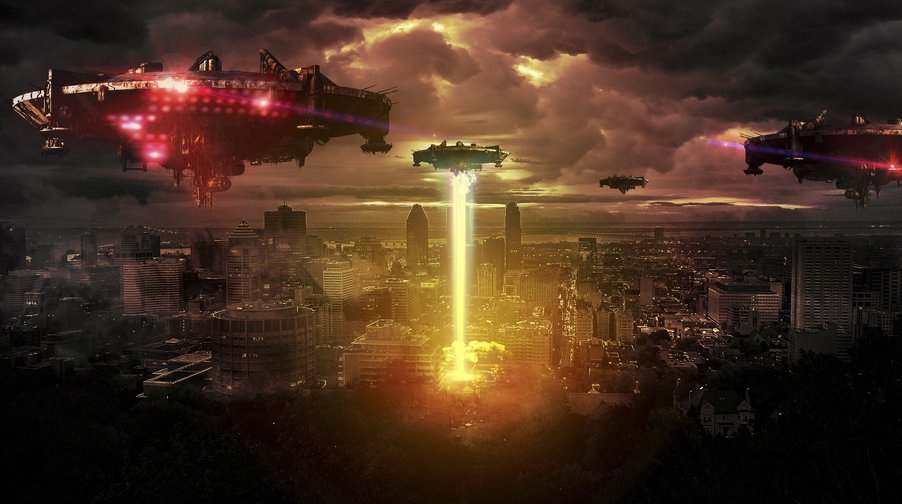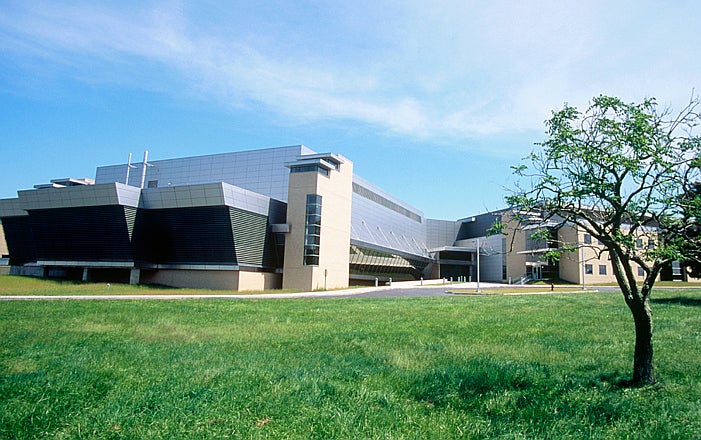The Dark Forest hypothesis
Two axioms for cosmic civilization. First; survival is the primary need of civilization. Second; civilization continuously grows and expands, but the total matter in the universe remains constant.
The concept; the chain of suspicion
If you think I'm benevolent, that's not a reason to feel safe, because according to the first axiom, a benevolent civilization can't predict that any other civilization is benevolent. You don't know whether I think you're benevolent, and I also don't know that you think I'm benevolent, I don't know what you think about what I think about what you're thinking about me. Its convoluted, the logic goes on indefinitely.
In actual cosmic civilization, the biological difference between different groups might be as high as the kingdom level, and cultural differences are even further beyond our imagining. Add to this the vast distances between them, and you have chins of suspicion that are practically indestructible.
The most important aspect of the chain of suspicion, its unrelated to the civilizations own morality and social structure. It's enough to think of every civilization as the points at the end of a chain. Regardless of whether civilizations are internally benevolent or malicious, when they enter the web formed by chains of suspicion, they're all identical.
The concept: The technological explosion
Human civilization has five thousand years of history, and life on Earth might be as much as a few billion years old. But modern technology was developed over the course of three hundred years. On the scale of the universe, that’s not development. It’s and explosion! The potential for technological leaps is the explosive buried within every civilization, and if it’s lit by some internal or external factor, it goes off with a bang. On Earth it took three hundred years, but there’s no reason why humanity should be the fastest of all cosmic civilizations. Maybe there are others whose technological explosions were even more sudden. I’m weaker than you, but once I’ve received your message and know of your existence, the chain of suspicion is established between us. If at any time I experience a technological explosion that suddenly puts me far ahead of you, then I’m stronger than you. On the scale of the universe, several hundred years is the snap of a finger. And it might be that my knowledge of your existence and the information I received from our communication was the perfect spark to set off that explosion. That means that even though I’m a newborn or growing civilization, I’m still a big danger to you.
Letting you now I exist, and letting you continue to exist, are both dangerous to me and violates the first axiom.
If neither communication nor silence will work once you learn of my existence, you’re left with just one option.
The universe is a dark forest. Every civilization is an armed hunter stalking through the trees like a ghost, gently pushing aside branches that block the path and trying to tread without sound. Even breathing is done with care. The hunter has to be careful, because everywhere in the forest are stealthy hunters like him. If he finds other life—another hunter, an angel or a demon, a delicate infant or a tottering old man, a fairy or a demigod—there’s only one thing he can do: open fire and eliminate them. In this forest, hell is other people. An eternal threat that any life that exposes its own existence will be swiftly wiped out. This is the picture of comic civilization. It’s the explanation for the Fermi paradox.
In this dark forest, there’s a stupid child called humanity, who has built a bonfire and is standing beside it shouting; ‘here I am! Here I am!’
A hunter in a dark forest, stalking with bated breath, suddenly notices that a piece of bark has been stripped from a tree in front of him. On the eye-catching bit of white wood that’s been revealed is a position in the forest, written in characters all hunters can recognize. What will he think about that location? He’s certainly not going to imagine that someone has laid out supplies for him there. Out of all the possibilities, the most likely one is that the blaze is informing everyone that there’s live prey at that location that needs to be eliminated. It doesn’t matter what motivated someone to leave the mark. What’s important is that the dead hand has stretched the nerves of the dark forest to the breaking point, and it’s the most sensitive nerve that’s most liable to make a move.
Suppose there are a million hunters in the forest—the number of civilizations on the billions upon billions of stars in the Milky Way could be thousands of times that. Perhaps nine hundred thousand of those will disregard the marking. Of the remaining one hundred thousand, maybe ninety thousand of them will probe the location, and, after confirming that it has no life, disregard it. But one of the remaining ten thousand hunters will surely make a choice to fire on that position, because fore civilizations at a certain level of technological development, attacking may be safer and less of a hassle than probing. If there’s really nothing at that location, then it’s no loss.
Its a fascinating hypothesis and quite scary one as well.
All text are taken from the book: The Dark Forest by Cixin Liu. Its the second book in the trilogy titled; Remembrance of Earth’s past. The first book is; the Three-Body Problem (great TV-show if you watch the original Chinese produced show). The book was great, excellent original science fiction story. Recommended reading.
#TheDarkForest #aliens #Cosmic #civilization #FermiParadox #Suspicion #Survival #CixinLiu
Dark Forest theory: A terrifying explanation of why we haven’t heard from aliens yet



